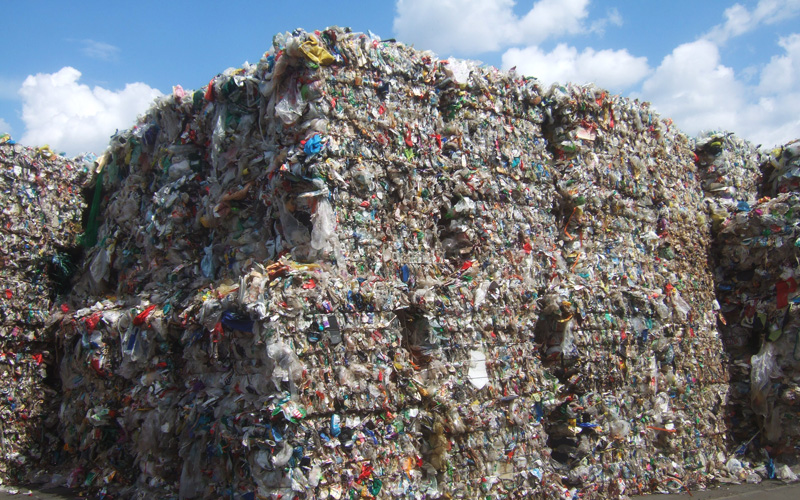This scientifically grounded guidance is a benchmark for the quality of recycled plastics. The documents’ overarching aim is to advance the quality and enhance the demand for recyclates. It addresses as well the issues of lack of harmonisation and transparency on the recycling market.
Quality of a recyclate is defined and impacted at each stage of the value chain starting with production, use, collection, sorting and finishing with recycling. Recyclates characterisation guidance serves as an evaluation tool for recycled materials by providing a basis for assessing their quality in accordance with best practices, as well as the well-established European and international standards. This assessment is geared at benefitting the whole value chain by firstly promoting high standards among recyclers and subsequently increasing the confidence in the quality of these materials among converters and brand owners.
“As the industry works towards establishing a strong secondary raw materials market, standardised and reliable practices in the supply of input and output recycled materials is a must”, said Ton Emans, Plastics Recyclers Europe President. “Recyclates characterisation guidelines are the first step in this process and we encourage the industry players to apply the principles laid down in these documents to build trust among their consumers.”
Developed by the Plastics Recyclers Europe experts, the guidelines are available for the biggest recycling streams in Europe: PE-HD flakes and pellets, PE-LD pellets, PP flakes and pellets, PET flakes and pellets, PS flakes and pellets, micronised soft and right PVC particles, as well as soft and rigid PVC pellets.
Main characteristics of recyclates, such as origin or colour of the material, along with technical properties and the respective testing methods, are used as the parameters within the guidelines. The different elements can be adapted according to recyclers’ needs.
These guiding requirements complement those for recycling input in the establishment of a genuine and harmonized secondary raw materials market. The document will be continuously updated in accordance with market evolution and will rely on the collective efforts of the value chain.
Recycling input characterization guiding requirements











